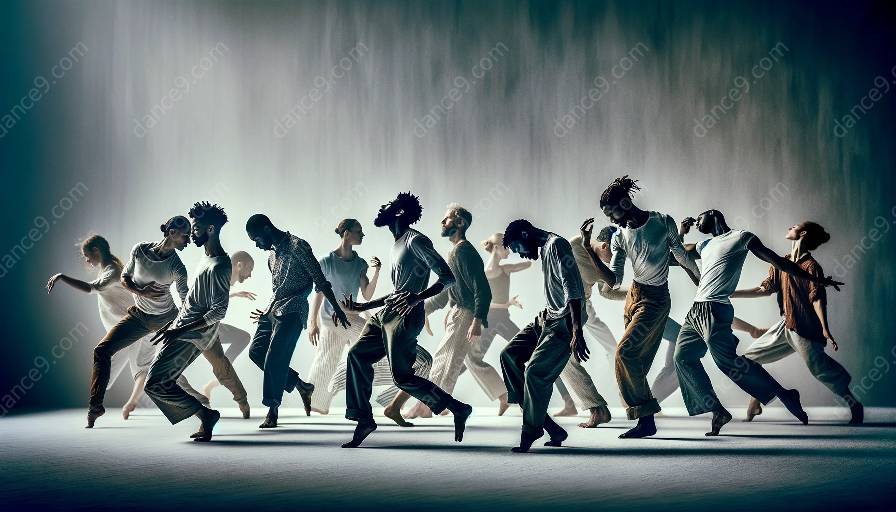Dance, as a form of artistic expression, is deeply connected to the human body, and the embodied experience plays a significant role in shaping the aesthetics and dynamics of movement. The integration of experiential anatomy in dance practices has garnered substantial attention, as it offers a profound understanding of the body's structure, mechanics, and sensory awareness. This article explores how experiential anatomy contributes to embodied dance practices, its implications on dance theory and criticism, and the intricate connection between movement and somatic study.
Understanding Experiential Anatomy
Experiential anatomy refers to a hands-on, participatory approach to studying the body's anatomical structures and functions. Unlike traditional anatomy studies that focus on memorization and visualization of anatomical diagrams, experiential anatomy emphasizes kinesthetic exploration, tactile perception, and somatic awareness. Through this approach, dancers and movement practitioners gain a deeper understanding of their own bodies and learn to embody anatomical knowledge in their dance practices.
Embodied Dance Practices
Embodied dance practices encompass a wide range of movement modalities that prioritize the somatic experience and kinesthetic intelligence. By integrating experiential anatomy into dance training, dancers cultivate a heightened sense of embodiment, proprioception, and spatial awareness. This embodied approach not only enhances movement quality and efficiency but also fosters a more profound connection between the dancer and the choreographic material.
Impact on Dance Theory and Criticism
The incorporation of experiential anatomy in dance practices has significant implications for dance theory and criticism. It provides dancers and scholars with a nuanced understanding of movement principles, biomechanics, and the potential for somatic expression. Moreover, it encourages the examination of dance aesthetics and choreographic choices through the lens of embodied experience, thus enriching the discourse surrounding dance performance and interpretation.
Connection Between Movement and Somatic Study
The relationship between movement and somatic study is inherently intertwined, as both disciplines are concerned with the lived experience of the body in motion. Experiential anatomy serves as a bridge between the anatomical precision of movement and the embodied, felt sense of kinesthetic expression. By delving into somatic practices, dancers delve into the phenomenological exploration of movement, deepening their understanding of the body as an integral aspect of dance artistry.
In conclusion, the integration of experiential anatomy in embodied dance practices offers a holistic approach to movement education and artistic expression. It nurtures a profound connection between the dancer's body and the choreographic language, enriches dance theory and criticism, and deepens the exploration of movement through somatic study.

















